Archives
- 2025-12
- 2025-11
- 2025-10
- 2025-09
- 2025-03
- 2025-02
- 2025-01
- 2024-12
- 2024-11
- 2024-10
- 2024-09
- 2024-08
- 2024-07
- 2024-06
- 2024-05
- 2024-04
- 2024-03
- 2024-02
- 2024-01
- 2023-12
- 2023-11
- 2023-10
- 2023-09
- 2023-08
- 2023-07
- 2023-06
- 2023-05
- 2023-04
- 2023-03
- 2023-02
- 2023-01
- 2022-12
- 2022-11
- 2022-10
- 2022-09
- 2022-08
- 2022-07
- 2022-06
- 2022-05
- 2022-04
- 2022-03
- 2022-02
- 2022-01
- 2021-12
- 2021-11
- 2021-10
- 2021-09
- 2021-08
- 2021-07
- 2021-06
- 2021-05
- 2021-04
- 2021-03
- 2021-02
- 2021-01
- 2020-12
- 2020-11
- 2020-10
- 2020-09
- 2020-08
- 2020-07
- 2020-06
- 2020-05
- 2020-04
- 2020-03
- 2020-02
- 2020-01
- 2019-12
- 2019-11
- 2019-10
- 2019-09
- 2019-08
- 2019-07
- 2019-06
- 2019-05
- 2019-04
- 2018-11
- 2018-10
- 2018-07
-
br Declarations of interest br Acknowledgements This work wa
2022-05-19
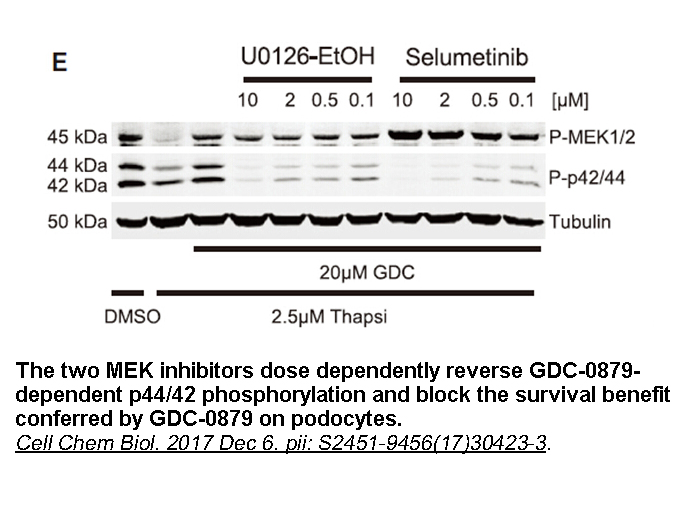
Declarations of interest Acknowledgements This work was supported by the National Natural Science Foundation of China (81673321, 21506099), the State Key Laboratory of Drug Research (SIMM1705KF-13), the Natural Science Foundation of Jiangsu Province (Grant No. BK20151541), and the Jiangsu Syne
-
The present study showed that the
2022-05-19
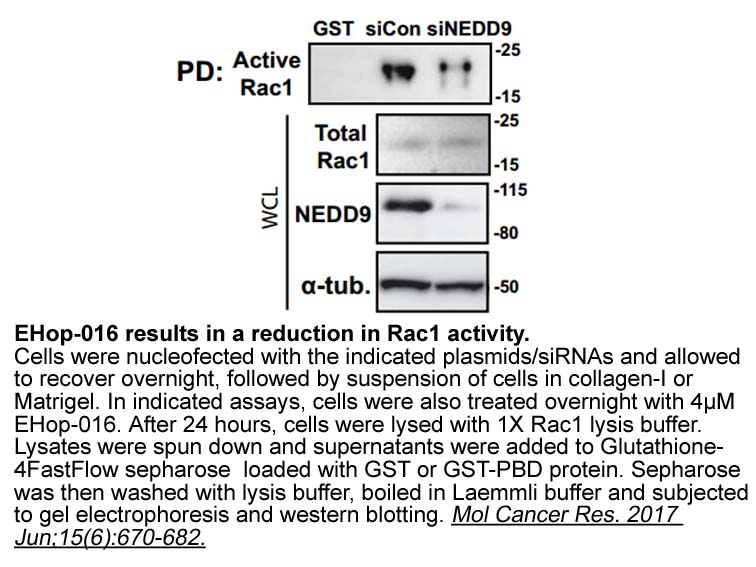
The present study showed that the FPR2 antagonists PBP10 and BOC2 are potent antiviral molecules in vitro against a broad range of IAV and B viruses. Consistently, our previous report showed that FPR2 plays a deleterious role during IAV infections and that another FPR2 antagonist WRW4 inhibits IAV r
-
It has been reported that aberrant GPR expressions were
2022-05-19
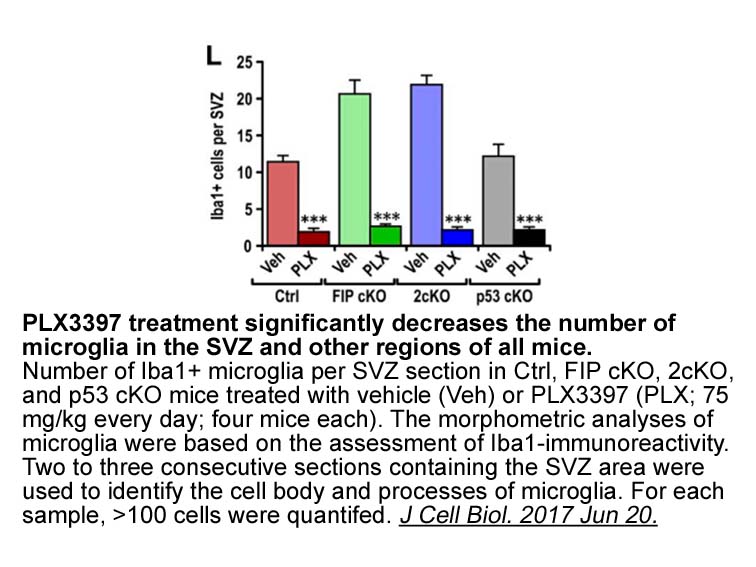
It has been reported that aberrant GPR120 expressions were detected in colorectal carcinomas, compared with normal tissues. In addition, GPR120 stimulated cell motile activity and angiogenic property in colon cancer cells [10]. Recently, we indicated that GPR40 suppressed cell motile and invasive ac
-
The central event eliciting insulin secretion is the product
2022-05-19
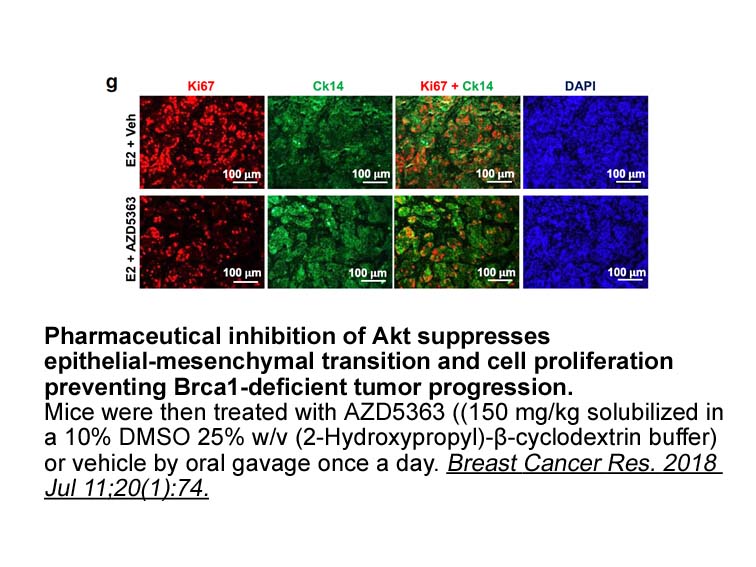
The central event eliciting insulin secretion is the production of ATP which leads to the inhibition of ATP-sensitive inwardly-rectifying K+ATP channels, a consecutive depolarization of the plasma membrane with opening of voltage-dependent Ca2+ channels and Ca2+ influx into the beta-cell. However, i
-
br Drug design Over the past decades the development of
2022-05-19

Drug design Over the past decades, the development of synthetic, direct fXa inhibitors has undergone four phase. Although these fXa inhibitors possess various scaffolds, most of them bind to the active site in a characteristic l-shaped conformation. In other word, they have a three-component syst
-
Moreover long term treatment of leukemia cells with imatinib
2022-05-19

Moreover, long term treatment of leukemia cells with imatinib activates AKT, ERK and STAT5 signaling pathway and induce upregulation of EZH2 protein in patients with CML, Ph + ALL and human eosinophilic leukemia cell line (EOL-1 cells) [142]. So, resistance to tyrosine kinase inhibitor (TKI) imatini
-
Our observation of LPS induced increase in the sensitivity
2022-05-19

Our observation of LPS-induced increase in the sensitivity of cultured endothelium-intact coronary antibiotics towards stimulation with selective ETB receptor agonist (S6c) could be explained by activation of TLRs receptors located on the endothelium of rat coronary arteries. However, the possible
-
The possibility of having false positives even if minimized
2022-05-19

The possibility of having false positives, even if minimized, is always present and requires that a reactive result should be followed by a confirmation test. Traditionally, Western blot (WB) has been used, but various types of immunoblotting that use recombinant SGI-1776 receptor or synthetic pepti
-
Management of HIV treatment with HIV
2022-05-19
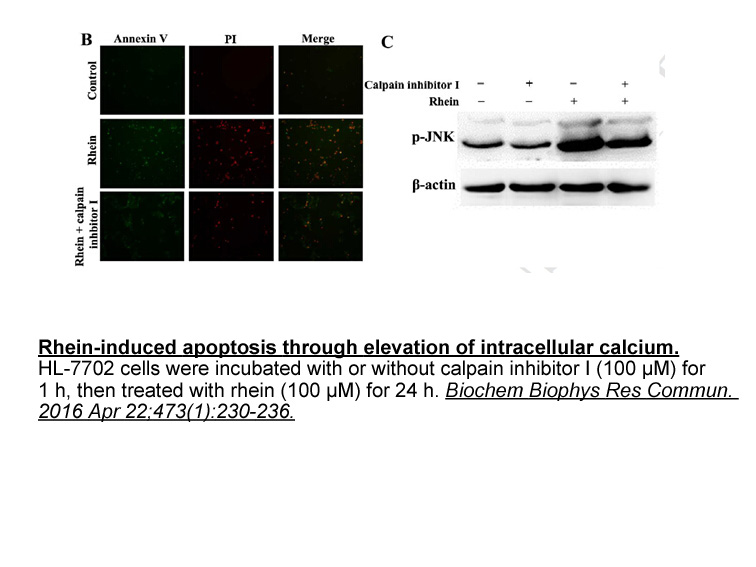
Management of HIV-1 treatment with HIV PIs can be complicated due to wide inter-patient variability in arn 509 levels. In certain scenarios, therapeutic drug monitoring (TDM) has been recommended as a useful approach to individualize therapy for HIV-infected patients [[9], [10], [11], [12]]. Several
-
Arena Pharmaceutical introduced a biaryl sulfone derivative
2022-05-19
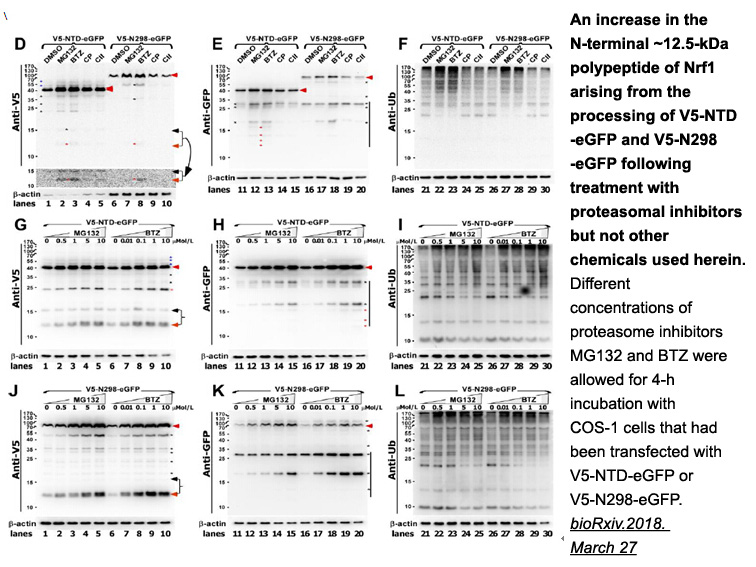
Arena Pharmaceutical introduced a biaryl sulfone derivative with antagonistic activity at H3Rs known as APD-916, ((R)-1-(2-(4'-(3-methoxypropylsulfonyl)biphenyl-4-yl)ethyl)-2-methylpyrrolidine), which was rationally designed from corresponding sulfonamides in order to yield compounds with short dura
-
br Acknowledgements This work was supported by NIH HL JHF
2022-05-19
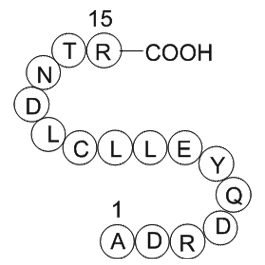
Acknowledgements This work was supported by NIH HL111674 (JHF), and the Antoinette E. (“Mimi”) & Herman Boehm Foundation (JK). The authors wish to acknowledge the valuable assistance of the Functional Genomics Core of the University of Colorado, Denver. Introduction The 21-gene recurrence sco
-
There has been some debate about
2022-05-19

There has been some debate about which types of liver cells might be able to activate canonical Hh signalling during liver injury. These uncertainties reflect technical challenges imposed by imperfect and inconsistent reagent specificity and the nature of the signalling process itself, which is quit
-
br Clinical development of anti
2022-05-18
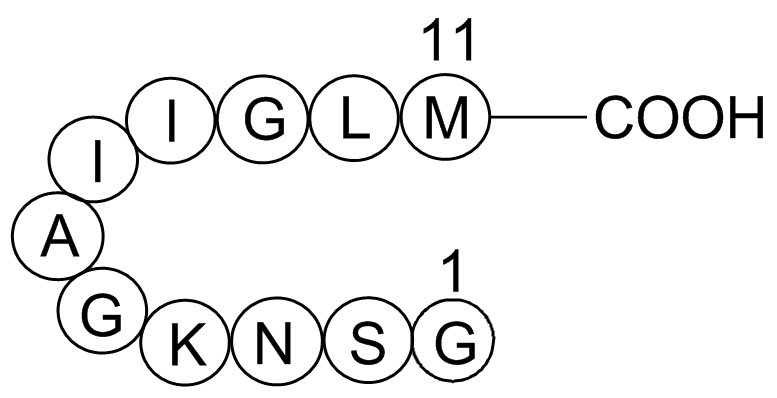
Clinical development of anti-NASH drug therapies The current understanding of NASH pathogenesis has led to broad efforts to target several features of the disease, alone or in combination, even in the absence of liver-guided therapies. Therefore, drug development in NASH is a rapidly changing fie
-
A further generally applicable approach for the synthesis
2022-05-18
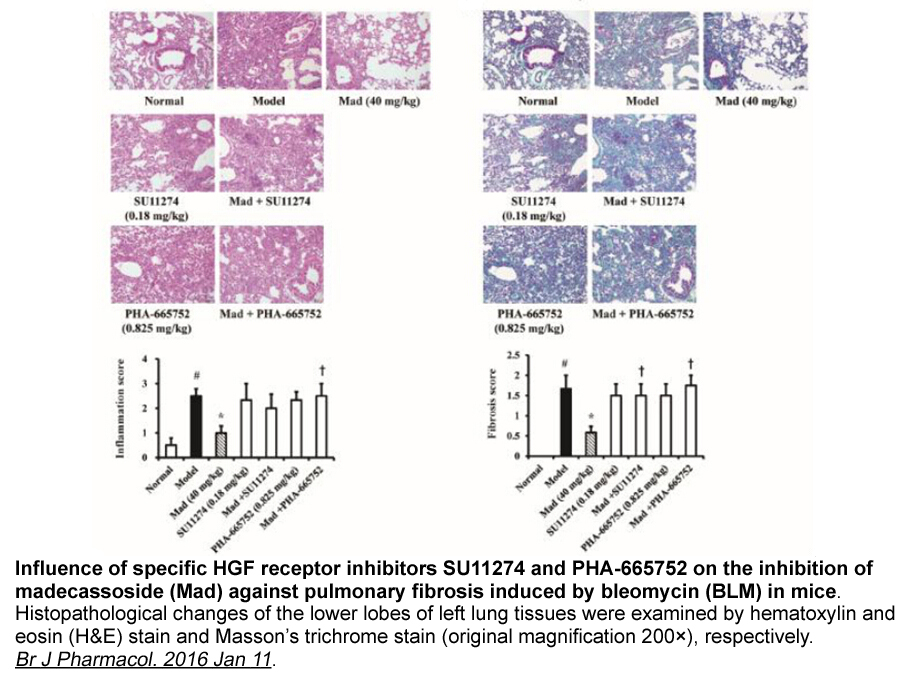
A further generally applicable approach for the synthesis of N-linked glycopeptides involves the convergent Lansbury aspartylation of glycosylamines. Here, the detrimental formation of aspartimides during the activation of the side chain aspartate can be prevented through the use of Ser/Thr pseudopr
-
br Acknowledgements br Introduction Obesity is a
2022-05-18
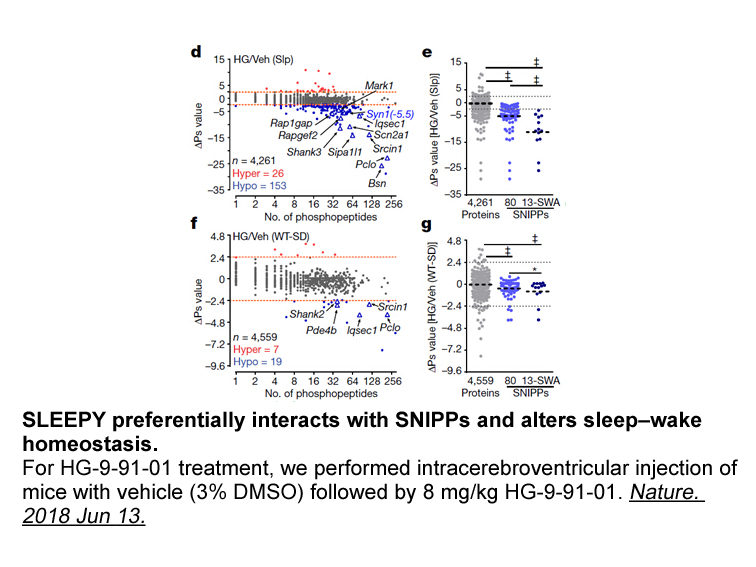
Acknowledgements Introduction Obesity is a growing pandemic, which becomes a global public health problem. The evidence has been readily available and mounting, demonstrating that obesity increases incidences of chronic comorbidities, such as non-alcoholic fatty liver diseases, diabetes, cardi
16592 records 475/1107 page Previous Next First page 上5页 471472473474475 下5页 Last page